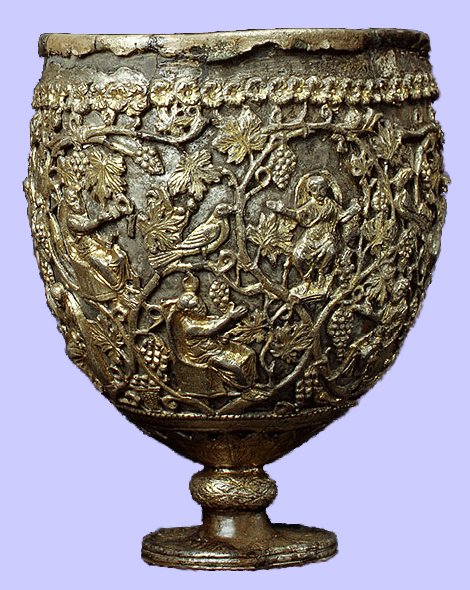On 22 October 362, a mysterious fire broke out in the temple of Apollo in antioch, consuming the roof of the building and the statue of the god, copied from Phidias’ statue of Zeus at Olympia. According to John Chrysostom, when Emperor Julian consulted the oracle of Apollo at the temple in Daphne for an explanation of this event, he learned it was because the temple had become the burial site of the new saint, Babylas. Julian had the sarcophagus of the martyr exhumed and taken back to his original place of burial. Suspecting angry Christians were responsible for the fire, Julian ordered the cathedral of antioch closed. The remains of Babylas were reinterred in a church dedicated to him on the other side of the River Orontes.
Though part of the story may be apocryphal, the legend contains some important historical markers, including the tensions between late pagans and early Christians in the Imperial Roman outposts even as Rome itself destabilized. This is also the first known account of a saint’s remains being relocated, which will become a popular practice in the middle ages. The fire also destroyed one of the last temples of Apollo still in full ceremonial use. Because apollo was a popular deity worshipped across the geography of the Empire, many of his temples, in various conditions, still exist across the Mediterranean.
Reference: “Antioch.” In The Oxford Classical Dictionary: Oxford University Press, 2012. http://www.oxfordreference.com/view/10.1093/acref/9780199545568.001.0001/acref-9780199545568-e-500.
Roman marble head of Apollo with fragment of his hand, 1st or 2nd century. The Metropolitan Museum of Art, Nr: 1980.303.2.
Temple of Apollo at Sosianus, Rome, c. 43-179 BCE. Photo: Wikimedia Commons.
Temple of Apollo Palatinus, Rome, 36-28 BCE. Photos: Wikimedia Commons.
Temple of Apollo, Campi Flegrei, Lago d’Averno, Italy, ca. 100. Photo: Wikimedia Commons.
Columns of the Temple of Apollo at Delphi, Greece. A 7th century BCE temple was burned in 548 BCE. and replaced by a larger structure ca..525 BCE, which was in turn destroyed in 373 BCE.
Temple of Apollo (Monopteros) in the Englischer Garten, Munich. Built over ruins in 1832. Photo: Julius Sechundsviersig.
The Antioch Chalice, first half of 6th century, Metropolitan Museum of Art. Nr. 1970.705.2.
Further Reading: Andrea U. De Giorgi. Ancient antioch: From the Seleucid Era to the Islamic Conquest. Cambridge: Cambridge University Press, 2016.
John W. Stamper. The Architecture of Roman Temples: The Republic to the Middle Empire. Cambridge: Cambridge University Press, 2005.








